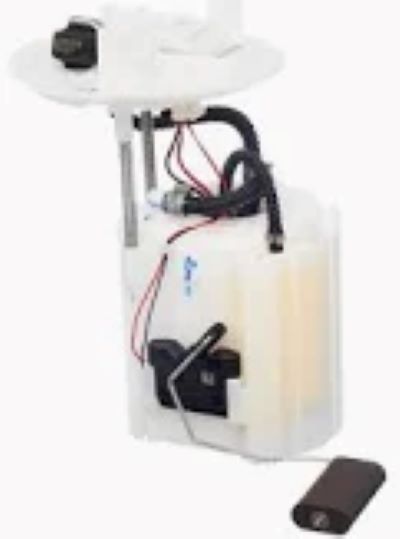A fuel pump does more than supply the internal combustion engine (ICE) with the energy it needs to operate at its full potential; in a hybrid car, it works alongside an electric motor to complete this job. They have also introduced hybrid vehicles that run on a combination of gasoline and electric motors for better fuel economy and emissions results. The fuel pump needs to work efficiently for times when the car transitions from electric power back to gas.
Fuel Delivery Efficiency: As hybrid vehicles can operate in electric mode during low-speed, and the fuel pump is idle at those times. Still, as soon as the internal combustion engine is needed (usually at higher speeds or when the battery discharges), raw fuel flows into the engine almost instantaneously after the first four strokes in an operational cycle. To keep the engine running smooth, the pump delivers consistent pressure (typically 30 to 60 psi). That ability to flow so smoothly back and forth between electric and gasoline modes is a major efficiency enhancer in hybrids like the GM two-modes.
Stop-Start: A gasoline fueled engine, shut off during idling — e.g.. at a stoplight. A fair number of hybrids have this feature. Upon restarting the engine, the fuel pump also needs to immediately build pressure in the fuel system so that fuel begins to be delivered to the engine promptly. Your cars performance and fuel economy is greatly increased because the time it takes to crank the engine over and start will be reduced by 10%.

Additional Required Fuel Pump Voltage: As in normal passenger cars the fuel pump in hybrid vehicle works with 12V supplied from electric battery. The vehicle does get a more complicated electrical system that combines the high voltage hybrid battery and also the usual 12 volt system. This key here is its reliance on the 12 system (But if there are problems with the hybrid battery or electrical else where this could hurt the overall performance of the fuel pump. Because, for example, voltage oscillations are one potential source of hybrid ripple that can perpetuate variability in fuel supply and could make a 5 to 100% engine efficiency loss.
Less Wear and Tear: A hybrid vehicle runs on electric power for a majority of time, as a result the fuel pump in it is used far less than in other regular vehicles. It decreases the amount of work that is generated on the pump, in turn saving its life. Prius fuel pumps typically have a 15% longer life than those in conventional cars because of the reduced hours of operation.
Industry Example: Toyota announced in 2019, that the Prius and other hybrids also have successful outcomes in this phenomenon with “significantly fewer” instances of fuel pump failure than non-hybrid models. This improved reliability was possible in part due to the lower operational demand on the pump, meaning drivers spent less time having problems with fuel delivery.
There was an old saying that said, "if everyone is moving forward together, then success takes care of itself. Hybrid cars are a great example of this principle; with the inclusion of electric & fuel systems, both operating simultaneously to offer the best performance.
Fuel Efficiency & Engine Performance – Ensuring the optimum function of the fuel pump becomes essential for keeping up with the performance and fuel mileage for a hybrid car owner. You can find out more about top-of-the-line pumps Fuel Pump & its fuel pump supplier hybrid and conventional vehiclesolutions here.
